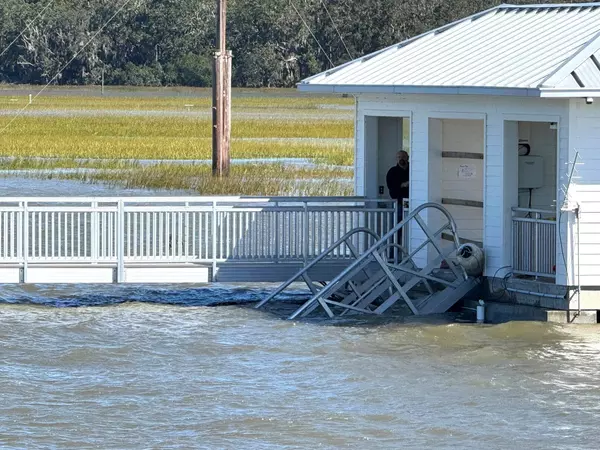
No-one is born knowing instinctively how to drink wine. Instead, we arrive into this world screaming and naked, blissfully unaware of how to swill a glass or what carbonic maceration is.
Wine is a language we learn to speak through a long, expensive process of trial and error. Often we ape the actions of those we regard as more fluent in this language than us, which forms core rules in our mind about what we ought to drink and how we ought to drink it. One of these rules is the following: white wine must always be served cold, and ideally, from an ice bucket.
In truth, this rule should nearly always be broken. In the UK, we tend to drink our whites far, far too cold. Sure, there is the odd occasion — at the height of summer, say — when an icicle of wine slide sliding down your gullet is merciful and joyous. But it really isn’t necessary for the rest of the year.
Most recently, I’ve observed sommeliers choosing to forego the ice bucket entirely. Dominic Smith, head sommelier at Tehran Berlin (and formerly of the Clove Club), is of the same mind. “There’s a tendency in the UK to serve white wines almost like an ice lolly. I like to remove a white wine from the fridge once it’s been ordered, and then I don’t put it back while the guests enjoy it,” Smith says.
Keeping a wine in an ice bucket only makes sense if it’s the sort of wine you buy for an alcoholic hit, and you don’t want to taste it too much
I’m in total agreement. I recall the condensation from a bottle of Chablis seeping into a white tablecloth in Quo Vadis, as its temperature rose to match the tempo of the humming restaurant. Those beads of condensation formed on the bottle like sweat and flavours changed; pithy lemon softened and became yellow plum, which swelled up with juice and became bruised apple. It was all the better for it.
If ice buckets are so often counterintuitive to our drinking experience, why do we still use them? It’s my hunch that it's still seen as a bit of a status symbol. Or, at the very least, an immutable part of the visual language of fine dining — are you really drinking wine if everyone can’t see a huge ice bucket beside the table? “Our members frequently ask us to have them next to the table as soon as we present the bottle,” says Suzua Nitta, senior sommelier at wine-focused members club 67 Pall Mall. “But if we think the temperature is already ideal, we tell them.”

Generally speaking, the more complex and serious a white wine, the warmer this ideal serving temperature will be. Some work better than others. “In particular, [grape] varieties like chenin blanc or viognier-based wines such as Condrieu can be enjoyed slightly less chilled,” Suzua explains. “They have complex layers of aromas that can be boosted by warming them up a little.”
This goes for more complex sparkling wines, too. “I once hosted a Champagne lunch with 12 of the best grower Champagne winemakers,” remembers wine consultant Bert Blaize. “I served the wine at 8°C, which was the lowest I would go, but would still get complaints from customers at the time.
“I looked around the table and saw the winemakers were all warming up their glasses with their hands! They ideally had their wines between 10 and 12°C.”
So, what’s the science behind it? There are several effects that overly-chilling a wine can have on its perceived flavour, as critic and author Dr Jamie Goode explains. “Firstly, a cold wine tends to be less aromatic, as aroma compounds in a wine aren’t easily released at low temperatures.
“We get most of what we think of as ‘taste’ from these aroma compounds, and for us to be able to detect them they need to leave the solution and become available to our olfactory receptors – a postage stamp-sized piece of epithelial tissue at the back of our nose. If we don’t get these molecules, all we’ll detect are the taste sensations, like acidity, sweetness, bitterness and astringency. Keeping a wine in an ice bucket only makes sense if it’s the sort of wine you buy for an alcoholic hit, and you don’t want to taste it too much.”
If it works for you, then by all means, freeze your white wines into oblivion — but don’t reach your angry thumbs in the direction of Google Reviews when your sommelier leaves your bottle on the table. Trust me, they're trying to do you a favour.







